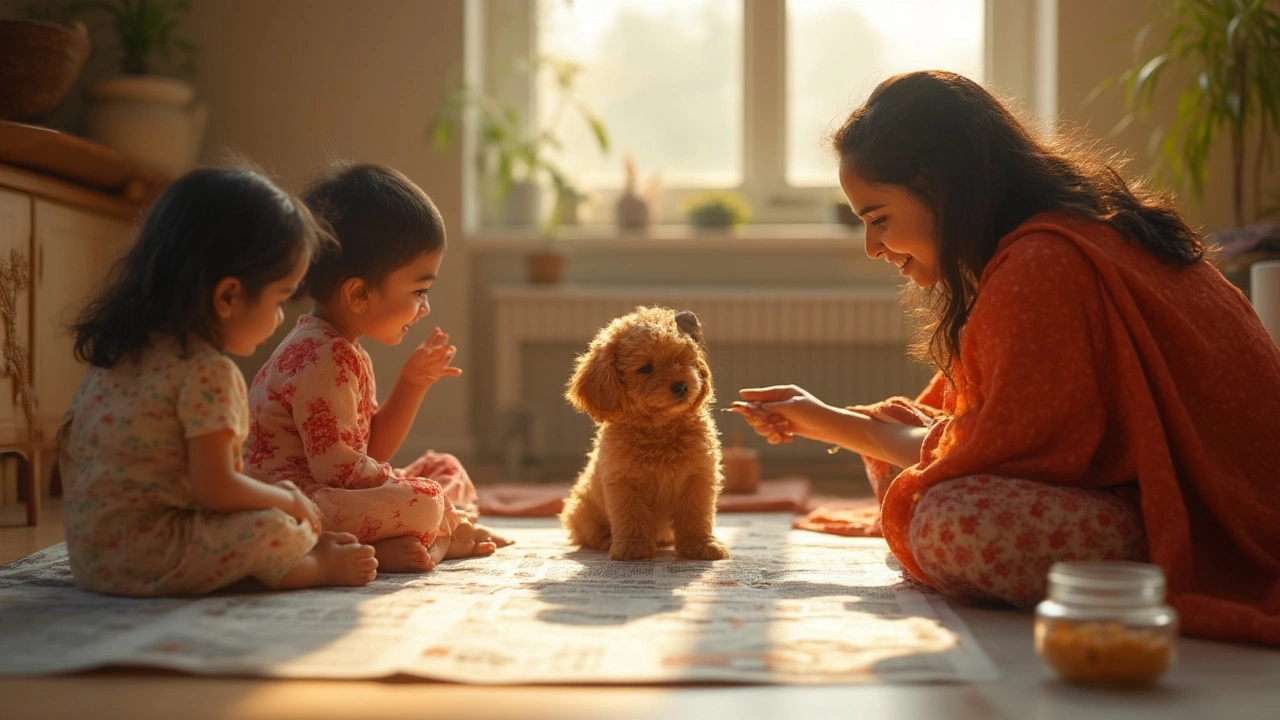Dog Potty Training Made Simple: Quick Wins for a Clean Home
Got a new puppy or a stubborn older dog who still pees on the carpet? You’re not alone. Most owners think potty training takes weeks of waiting, but a solid routine can cut that time down dramatically. Below are the exact steps you can start using today to teach your dog where and when to go.
Set Up a Predictable Schedule
The first thing any successful trainer does is create a repeatable feeding and bathroom timetable. Dogs thrive on consistency, so feed your pup at the same times each day. A full belly means a predictable bathroom break about 15‑30 minutes later. Mark those moments on a phone calendar and set reminders. When you lift your dog to the designated spot—outside or on a pee pad—do it at the same time every day. Within a few days, the dog will start to associate the cue with the need to go.
Choose a Spot and Stick to It
Designate one outdoor area or a specific indoor pad as the “go‑to” bathroom. The scent of previous trips acts as a natural lure, encouraging the dog to return to the same spot. If you switch locations often, you’ll confuse your pet and prolong accidents. Walk the dog to the chosen spot, use a cue word like “go potty,” and give a quick treat when they finish. Consistency here beats any fancy training gadget.
Watch the signals. A dog about to pee will sniff, circle, or squat. As soon as you see those signs, rush them to the spot. Acting fast teaches them that the right place equals a reward, while the wrong place leads to a missed chance.
Crate training can be a major help. Dogs naturally avoid soiling where they sleep. Choose a crate just large enough for the dog to stand, turn, and lie down. Keep it comfortable, and never use it as punishment. When you’re home, let the dog out on a regular schedule; when you’re away, limit the time in the crate to a few hours at most.
Accidents will happen, and that’s okay. The key is to react calmly. Never scold or yank the dog out of a mess—that only creates fear. Instead, clean the area with an enzymatic cleaner to erase the scent. If the dog smells urine, they’ll think it’s okay to go there again.
Positive reinforcement beats punishment every time. Offer a tiny treat, praise in an upbeat voice, or a quick play session right after a successful trip. The brain links the action with a happy outcome, and the habit sticks.
Finally, be patient with setbacks. Life changes—like a new schedule or a move—can confuse even the best‑trained dog. Return to the basics: consistent feeding, regular bathroom trips, and clear cues. Within a week or two the old routine will resume.
With these steps—schedule, spot, signal, crate, and reward—you’ll see fewer indoor accidents and a happier, more confident dog. Ready to give it a try? Grab a treat, pick a spot, and start the routine tomorrow morning. Your clean floor will thank you.

Housebreaking a Dog: Timelines, Tips, and Realistic Expectations
How long does it really take to housebreak a dog? Unpack the surprises, smooth out the wrinkles in training, and learn how to make potty training work for every dog.
read more


